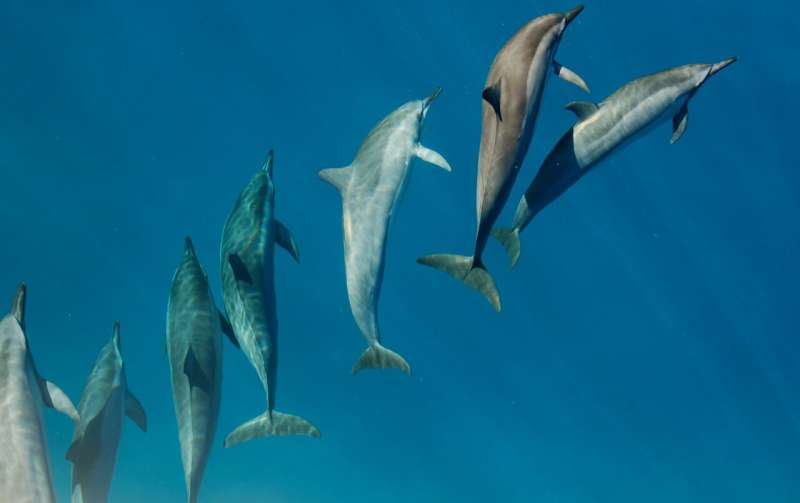Unlocking Longevity: How Dolphin Arteries Remain Young and What It Means for Human Heart Health

Exploring how dolphins' arteries avoid aging offers promising insights for preventing cardiovascular diseases in humans. Groundbreaking research reveals the potential of dolphin blood factors in maintaining arterial health and aging prevention.
Scientists are investigating the remarkable resilience of dolphin arteries as they age, aiming to uncover insights that could revolutionize cardiovascular health in humans. Research led by Yara Bernaldo de Quirós, a biologist at the University of Las Palmas de Gran Canaria, explores why dolphins do not develop age-related arterial diseases like atherosclerosis, despite their long lifespans. This curiosity arose during her Ph.D. studies on large whales, which surprisingly do not suffer from arterial aging issues, possibly due to adaptations from deep diving behaviors that cause rapid blood flow and oxygen fluctuations.
To test these ideas, Bernaldo de Quirós collaborated with Professor Douglas Seals from the University of Colorado Boulder in a project called Arterial Aging. They hypothesized that marine mammals, through millions of years of evolution to withstand extreme pressures, developed natural mechanisms protecting their arteries from aging. Confirming this could lead to novel ways to prevent cardiovascular diseases—a leading cause of death in Europe.
A pioneering approach involved studying how blood components affect artery health. Researchers exposed arteries from young and old mice, and later humans, to blood serum from various sources. They found that blood from older mice and humans tended to impair artery function, mimicking aging. Conversely, blood serum from young mice and humans improved artery health.
The most groundbreaking discovery came with blood serum from bottlenose dolphins. When arteries from old mice were incubated with serum from aging dolphins, their function remained surprisingly healthy. This suggested that dolphin blood retains youth-preserving factors even at advanced ages, a finding published in the American Journal of Physiology.
Future research aims to identify the specific molecules responsible for this protective effect. Collaborations are underway with experts studying arterial aging conditions, such as Marfan syndrome, to understand potential mechanisms. The goal is to pinpoint which factors in dolphin blood maintain arterial health and how to translate this knowledge into human therapies.
As research progresses, scientists plan larger international studies to confirm these promising results. Understanding how dolphins naturally prevent arterial aging may pave the way for new treatments to combat cardiovascular diseases and promote healthy aging in humans, potentially transforming cardiovascular medicine in the future.
Stay Updated with Mia's Feed
Get the latest health & wellness insights delivered straight to your inbox.
Related Articles
Advances in Genetic Research Offer New Hope for Inherited Retinal Disease Patients
New genetic research at the University of Oklahoma is paving the way for improved diagnosis and treatment options for inherited retinal diseases, offering hope to sufferers of progressive vision loss.
Initial Findings from the EULAR RheumaFacts Project Highlight Disparities in RMD Care Across Europe
Preliminary data from the EULAR RheumaFacts project reveal significant disparities in access to rheumatic disease care across European countries, highlighting the need for improved equity in healthcare resources and treatments.
Revolutionary AI Tool Accelerates Medical Image Segmentation for Clinical Research
MIT researchers have unveiled an AI-powered tool that dramatically speeds up the process of annotating and segmenting medical images, promising to transform clinical research and diagnostics with faster, more efficient workflows.
Optimal Spacing Intervals Enhance Long-Term Memory Retention
Discover how spaced repetition and strategic review intervals significantly boost long-term memory retention and effective learning strategies.



